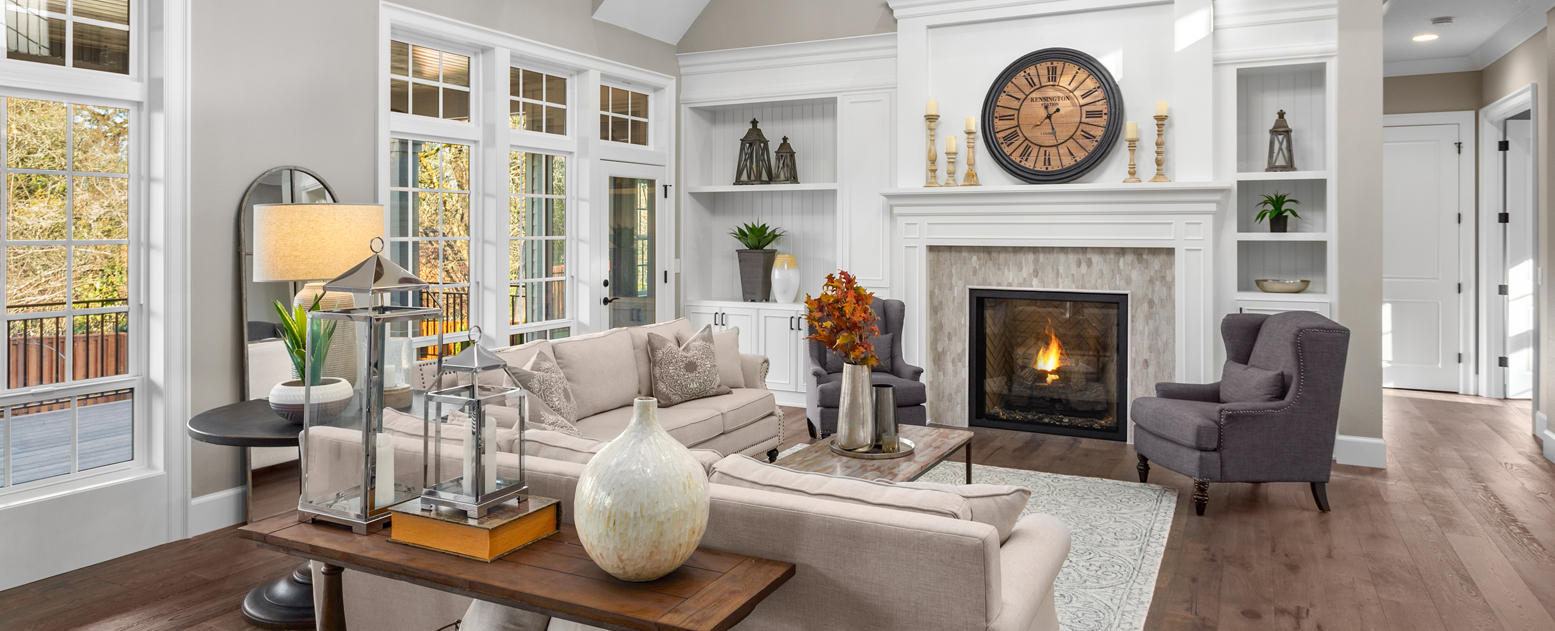Home Lighting Can Improve Your Health

You may not realize how your home lighting is keeping you from getting a good night’s rest and is affecting the quality of your life. When you don’t get a full seven to eight hours of sleep each night, you’re likely to eat more, can have higher blood pressure and be at a greater risk for depression.
The rising and setting of the sun has guided our body clocks for 200,000 years. In the late afternoon when the golden tones of light are taken in by the cones in our eyes, they send a signal to our brains to begin producing melatonin, a hormone that controls our sleep cycles. Melatonin increases as the day grows darker and it leads us to sleep.
During our mere 200 years as an industrialized society, artificial work and home lighting has negatively affected the natural circadian rhythms of our bodies, and now the stimulating blue light of our TVs, tablets and phones make it even worse, as the blue glow actually stops the production of melatonin, thereby keeping us awake. Avoiding blue light later in the day and especially in bedrooms is particularly important for infants, toddlers and the elderly. Their eyelids are thinner so the cone receptors can perceive blue or green light even when their eyes are closed. Blue light can be useful, however, to help your brain wake up, so for those of you who have trouble getting out of bed, bulbs with a color temperature measuring from 3,000 to 4,000 Kelvin in the rooms where you start your day will turn on the internal switch in your brain. In nature, morning light is still quite blue until 9 -10 am, with pure white light of 5,000 – 6500 Kelvin from noon to 3pm ranging.
So what can all of us do to avoid blue light as the day comes to an end? One way is to avoid using bulbs in the blue range for a bedside lamp, or with the home lighting where you spend your evenings. Instead, use bulbs in the range of 2,700-3,000 Kelvin which are closest to the golden tones of late day.
The bigger issue is to start with the electronic devices that we can’t seem to live without. Thankfully, there are new apps available for cell phones and tablets that can schedule the filtering of blue light on their screens. Apple offers Night Shift for iOS , Amazon offers Blue Shade on its Fire tablets, and there are a few different apps available for Android devices, such as Twilight and Dimly . Your devices may also have manual blue light filters.
Other actions you can take right now are to limit TV, video games and computer time at least two to three hours before bed, then turn off any settings on your phone that cause it to light it when you receive notifications (or get the phone out of your bedroom completely), and turn your alarm clock away from you if the light on it isn’t red. If you’re using a night light, avoid blue tones there, too.
Next are the design solutions. I believe every room should have multiple layers of light , but it can be especially useful in providing a healthier choice for lighting throughout the day. For example, in a bathroom you can use bluer lighting around the mirror and vanity to get you going in the morning, and then a recessed light or ceiling light fixture with a warmer bulb that you use in the evening. Same thing in your family room. You can use a brighter overhead light fixture during the day, but then turn it off in the evening and illuminate just the spaces you use, such as near your couch or your reading chair, with warmer lighting.
Another option that I’m really excited about are the intuitive brands of LED bulbs made by Philips and ilumi that can be placed into a traditional lamp and be set with an app to change their color from a cool energizing hue in the morning to a warmer, relaxing hue in the evening. You can see examples of these at Dominion Electric Supply in Laurel, MD.
Also, there is a tape similar in size to Scotch tape that contains tiny LED lights. I use it for my clients for under bathroom vanities to light the way for nighttime trips to the bathroom. It works well in nurseries where you want to provide just enough light to check on your baby or do a diaper change, and in children’s rooms when they’re afraid of the dark. This keeps the melatonin flowing and makes falling back to sleep easier.
I’ve used many of these home lighting techniques in design projects in Fulton, Md., and Ellicott City, Md. Contact me and we’ll get started on healthy lighting plan for your home!


